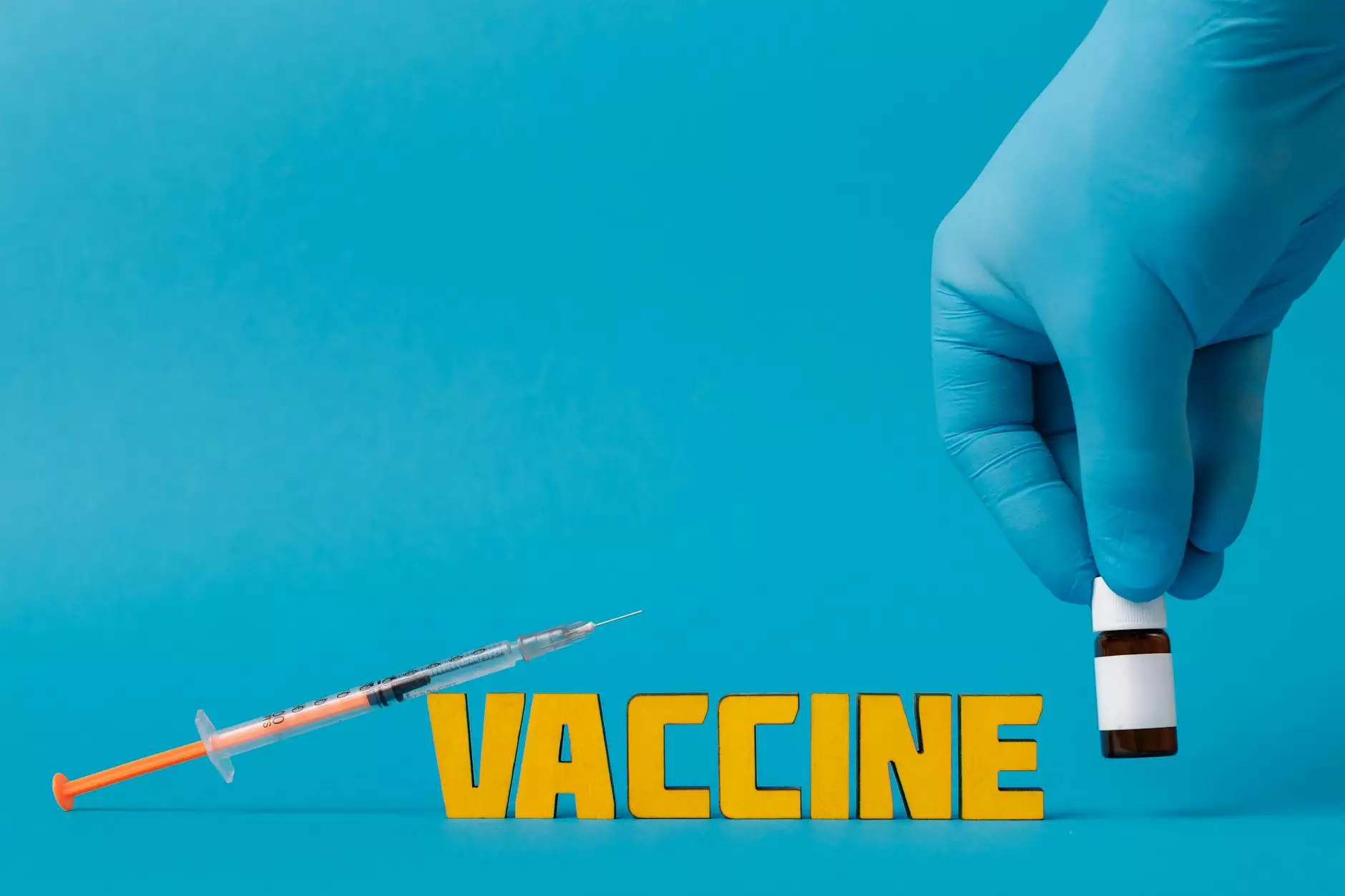Understanding the Glenohumeral Capsular Pattern: A Comprehensive Guide

Introduction to Glenohumeral Joint and Capsular Patterns
The human shoulder is a complex and dynamic joint, often considered one of the most mobile joints in the body. The essential joint in the shoulder complex is known as the glenohumeral joint, which is formed between the glenoid cavity of the scapula and the humeral head. This intricate structure allows for a wide range of motion but also presents unique challenges, particularly concerning injury and rehabilitation.
The Importance of Glenohumeral Capsular Pattern
The glenohumeral capsular pattern defines the specific limitations of motion and functional impairment associated with joint instability, injury, or pathology. Understanding this pattern is crucial for healthcare professionals, particularly those in the fields of physical therapy and chiropractic care, because it guides assessment and treatment strategies.
What Is the Glenohumeral Capsular Pattern?
The glenohumeral capsular pattern refers to the characteristic restriction of motion in the shoulder joint due to capsular tightness. Clinically, the capsular pattern is noted when there is a proportional loss in the ranges of active and passive motion of the shoulder. This pattern typically presents as:
- External Rotation: Most restricted motion, resulting in significant functional impairment.
- Abduction: Moderately restricted motion.
- Internal Rotation: Least restricted motion.
This specific sequence of motion loss reflects the underlying conditions affecting the shoulder's soft tissues and joint capsule.
Causes of Glenohumeral Capsular Pattern
Several conditions can lead to the glenohumeral capsular pattern. These conditions include:
- Adhesive Capsulitis (Frozen Shoulder): A common condition characterized by stiffness and pain in the shoulder joint.
- Rotator Cuff Tears: Injuries to the rotator cuff tendons can lead to compensatory motion restrictions.
- Shoulder Dislocations: Traumatic events can create capsular changes resulting in motion deficits.
- Longstanding Arthritis: Degeneration of joint surfaces can restrict normal glenohumeral motion.
Each of these conditions may result in the characteristic pattern of loss of shoulder mobility, emphasizing the need for targeted interventions.
Signs and Symptoms Associated with Glenohumeral Capsular Pattern
Patients experiencing a glenohumeral capsular pattern typically present with a range of symptoms, including:
- Pain in the Shoulder: Often exacerbated during movements and at night.
- Reduced Range of Motion: Significantly limiting activities of daily living.
- Stiffness: Especially after periods of inactivity.
- Difficulty Sleeping: Due to discomfort and inability to find a comfortable position.
Diagnosis of Glenohumeral Capsular Pattern
Diagnosing a glenohumeral capsular pattern typically involves a comprehensive evaluation, which includes:
- Clinical Assessment: A thorough history and physical examination are critical.
- Range of Motion Testing: Assessing both active and passive shoulder movements to identify pattern restrictions.
- Imaging Studies: X-rays and MRI may be utilized to assess underlying pathologies.
By combining clinical knowledge with diagnostic tools, practitioners can form an accurate diagnosis and tailor appropriate treatment strategies.
Treatment Approaches for Glenohumeral Capsular Pattern
Effective management of the glenohumeral capsular pattern often involves a multidisciplinary approach tailored to the patient's needs. Key treatment strategies include:
1. Physical Therapy
Physical therapy plays a vital role in rehabilitating shoulder conditions. Therapists may utilize several modalities, including:
- Manual Therapy: Techniques like joint mobilizations and soft tissue work can help restore mobility.
- Exercise Therapy: Customized programs focusing on flexibility, strength, and functional tasks.
- Education: Empowering patients with knowledge about their condition and recovery strategies.
2. Chiropractic Care
Chiropractors may incorporate various techniques to manage the glenohumeral capsular pattern, including:
- Spinal Adjustments: To enhance overall body mechanics, indirectly supporting shoulder health.
- Soft Tissue Techniques: To address muscular restrictions around the shoulder joint.
- Postural Training: To improve alignment and reduce undue stress on the shoulder joint.
3. Medications and Injections
In some cases, the judicious use of medications such as non-steroidal anti-inflammatory drugs (NSAIDs) can help manage pain and inflammation. Additionally, corticosteroid injections may be considered in certain conditions to provide temporary pain relief and facilitate rehabilitation efforts.
Preventive Strategies to Maintain Glenohumeral Health
While some conditions can lead to the glenohumeral capsular pattern, many preventive measures can be adopted to maintain shoulder health:
- Regular Exercise: Engage in balanced strength training and flexibility exercises targeting shoulder and upper body muscles.
- Avoid Overhead Loads: Mitigate strain during overhead lifting by using proper techniques.
- Maintain Posture: Practice good postural habits to alleviate unnecessary stress on the shoulder joint.
- Warm-Up Before Activities: Gradually introduce movement to reduce the risk of injury.
The Role of IAOM in Shoulder Rehabilitation
The IAOM (International Academy of Orthopedic Medicine) plays a significant role in educating professionals in the field of health and medical practices regarding conditions like the glenohumeral capsular pattern. Through its programs and resources, IAOM provides critical insights and advanced techniques that aid in effective rehabilitation. By fostering knowledge-sharing among practitioners, IAOM helps improve patient outcomes substantially.
Conclusion
Understanding the glenohumeral capsular pattern is crucial for anyone involved in chiropractic and physical therapy. Through accurate diagnosis and effective treatment strategies, healthcare professionals can help patients regain optimal shoulder function and address movement impairments caused by this specific capsular pattern. Adopting preventive measures and seeking timely intervention can minimize the risk of long-term disability and enhance the quality of life for individuals experiencing shoulder-related issues.
For more information on shoulder rehabilitation and advanced treatment techniques, visit iaom-us.com.



